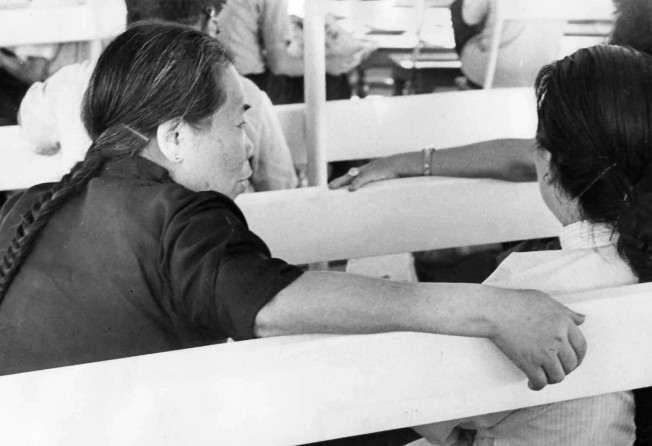
Where Hong Kong got ‘amah’, old word for maidservant, from
The term used to mean a Chinese domestic helper, and the Indian variant, ‘ayah’, entered the English language at the height of the British empire, but their roots lie in another former colonial superpower

The presence of female domestic helpers, especially for childcare, is widespread in Asian urban centres today, but the practice of employing nannies can be traced back a long way, as can be gleaned from the origins of the terms used.
The words “ayah” – a maidservant, nursemaid or governess, usually of Indian or Malay origin, employed by Europeans in regions of the former British empire – and “amah” – a wet nurse or maidservant, of Chinese origin – are documented in Anglo-Indian English from the late 18th and early 19th centuries, respectively. Depictions of mid-19th-century Hong Kong include accounts of native baby amahs, corresponding to the rise in the number of European women and children in imperial centres and with it the demand for specialised servants.

Research underscores how these words became part of core English during the height of the British empire – a consequence of contact on the Indian subcontinent and the impact of Indian English. While this is true, it overlooks deeper layers of history and contact.
Given the Asian context, one might assume that “ayah” and “amah” come from an Asian language. Is “ayah” from the Hindi a¯ya¯ ?No. It actually derives from the Portuguese aia (“nursemaid”), which in turn comes from the Latin avia “grandmother”), just as “amah” is from the Portuguese ama (“nurse”), which descends from the Medieval Latin amma (“mother”), though some suggest it was the Chinese ah ma (“little mother”, “grandmother”). It was, after all, the Portuguese whose empire first – some two centuries before the British – extended across vast territories, including south, southeast and east Asia.

The permanent 16th- and 17th-century Portuguese settlements across India saw marriages with native women, leading to the need for ayahs/amahs and the corresponding terms from the language.
Historical accounts testify to close ayah/amah-child relationships, one consequence of which was children learnt to speak their caregivers’ language. In early 20th-century Hong Kong, European children conversed in Cantonese with their amahs, while in Singapore, they did so in Bazaar Malay.

The present day witnesses a different ecology. With half of Hong Kong’s helpers being Filipinos – and the amah-child common language English – another word has emerged: “yaya”. While from Tagalog via Philippine English, the word has a Sanskrit origin (as a quarter of Tagalog words do, according to some estimates), an enduring legacy of Indian influence in the Southeast Asian region during the Srivijaya (7th to 13th centuries) and Majapahit (13th to 16th centuries) empires.